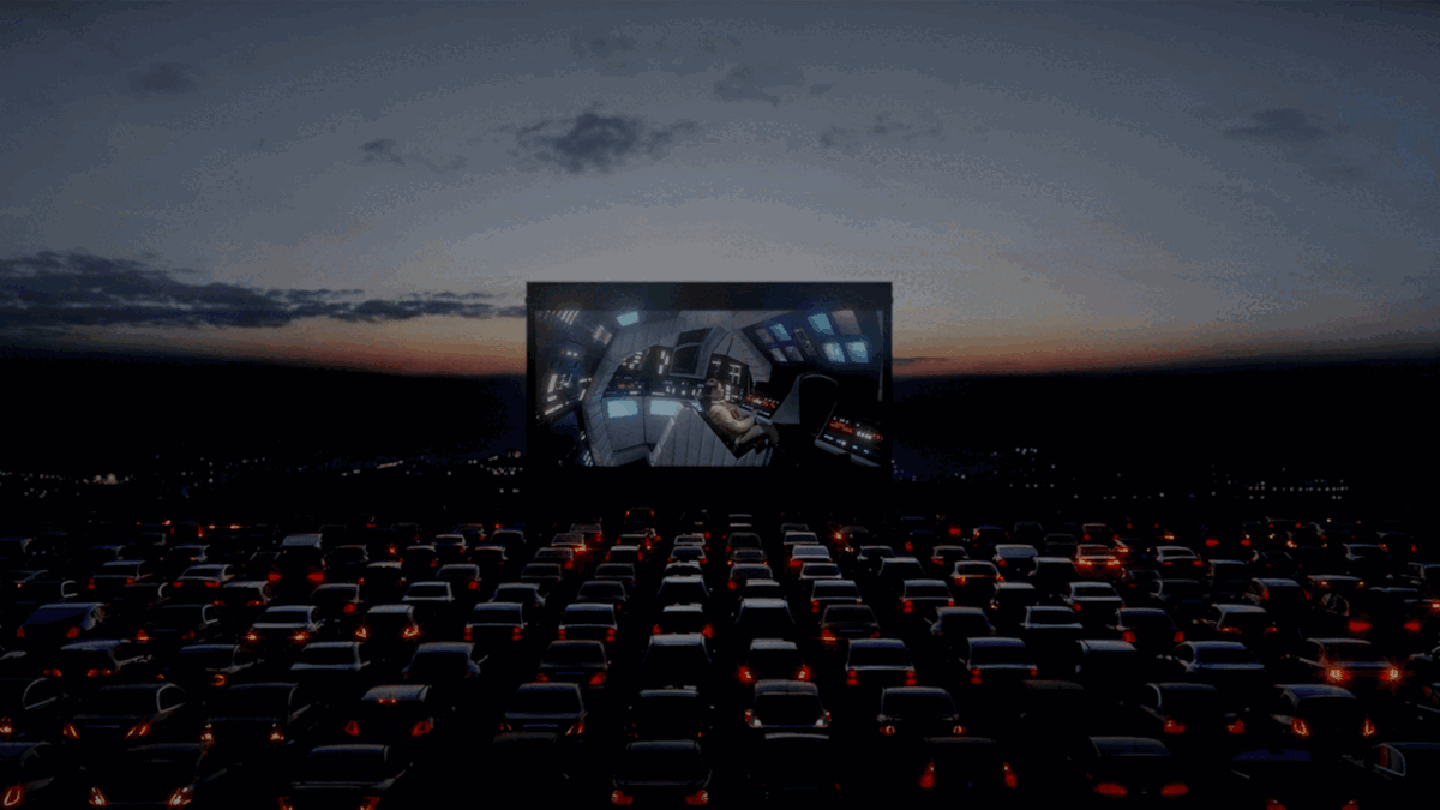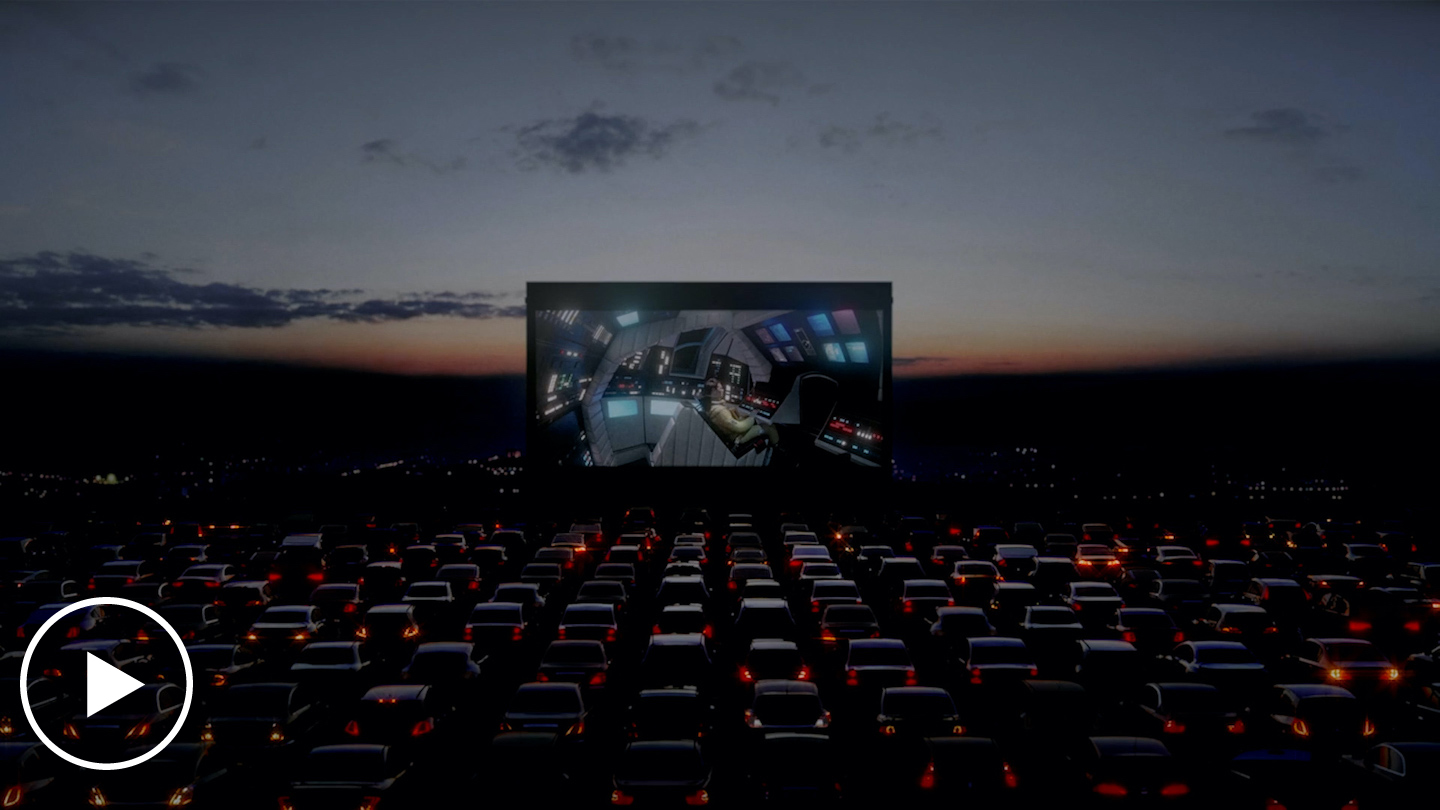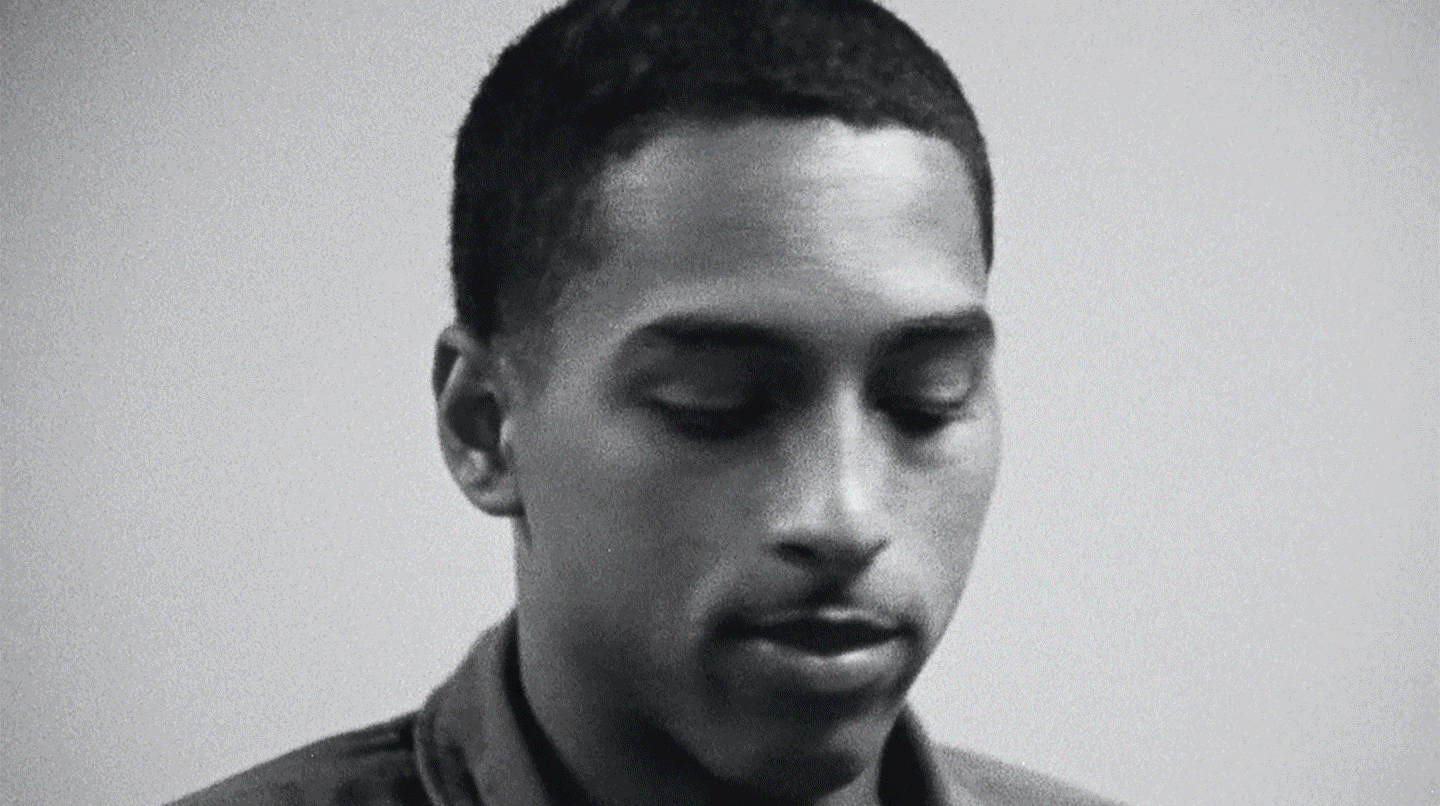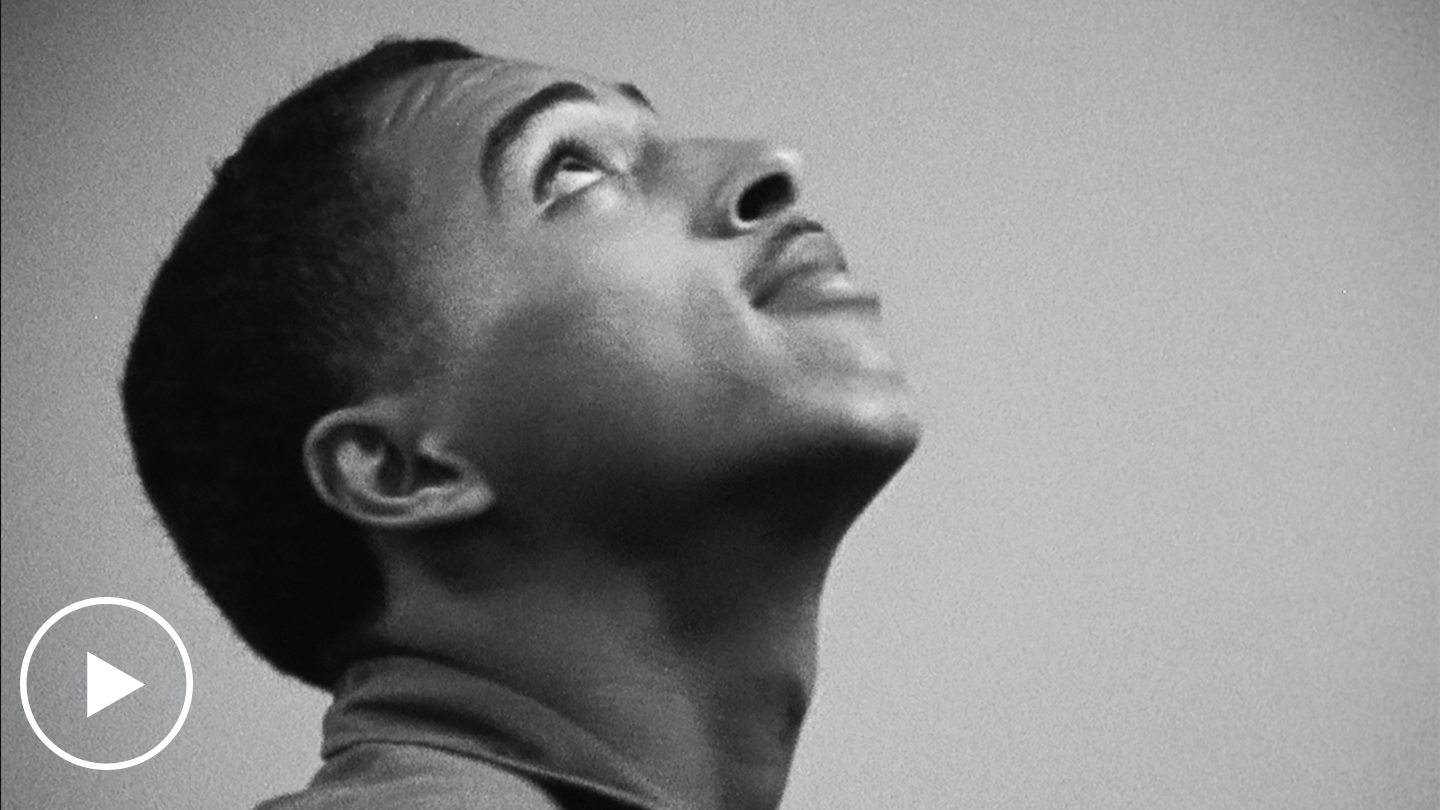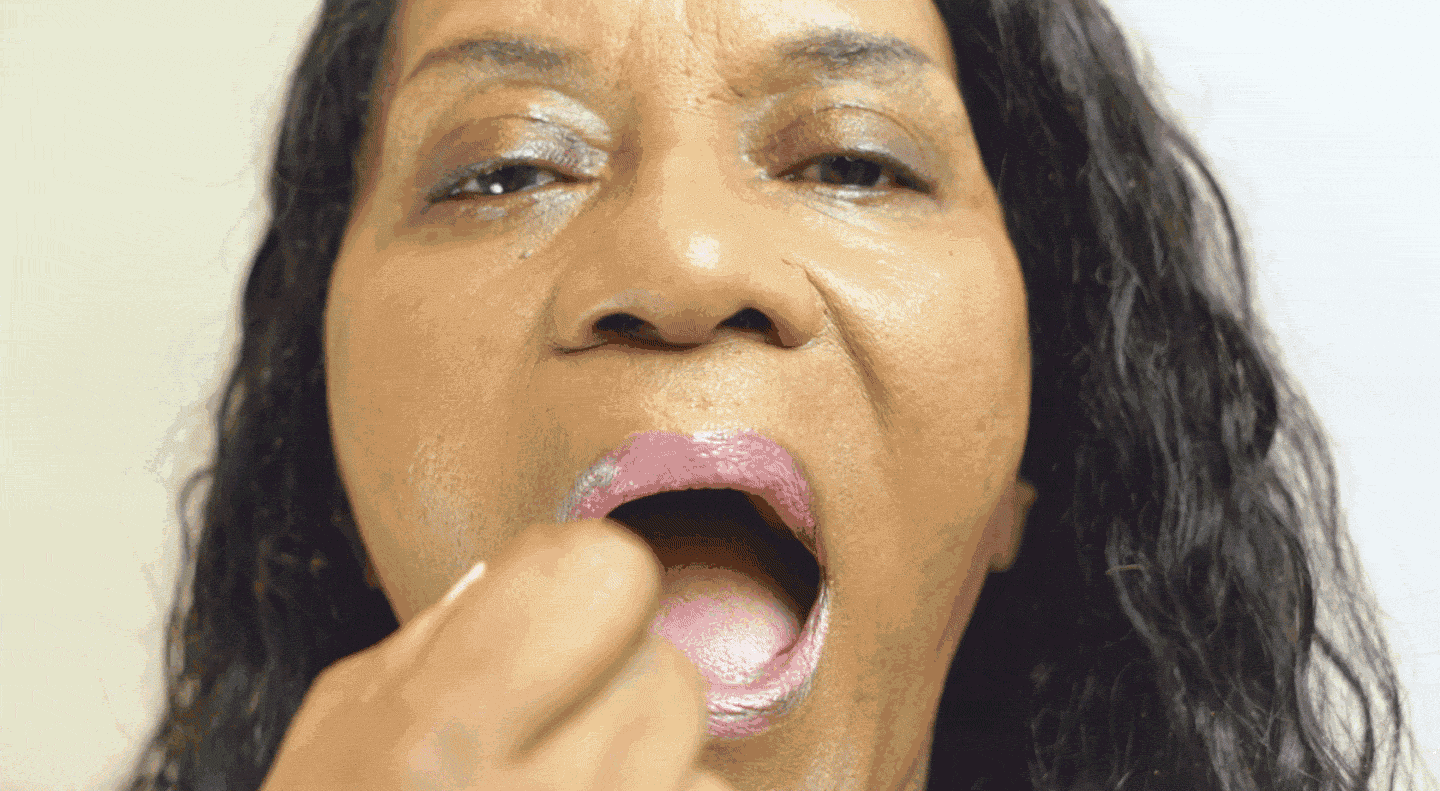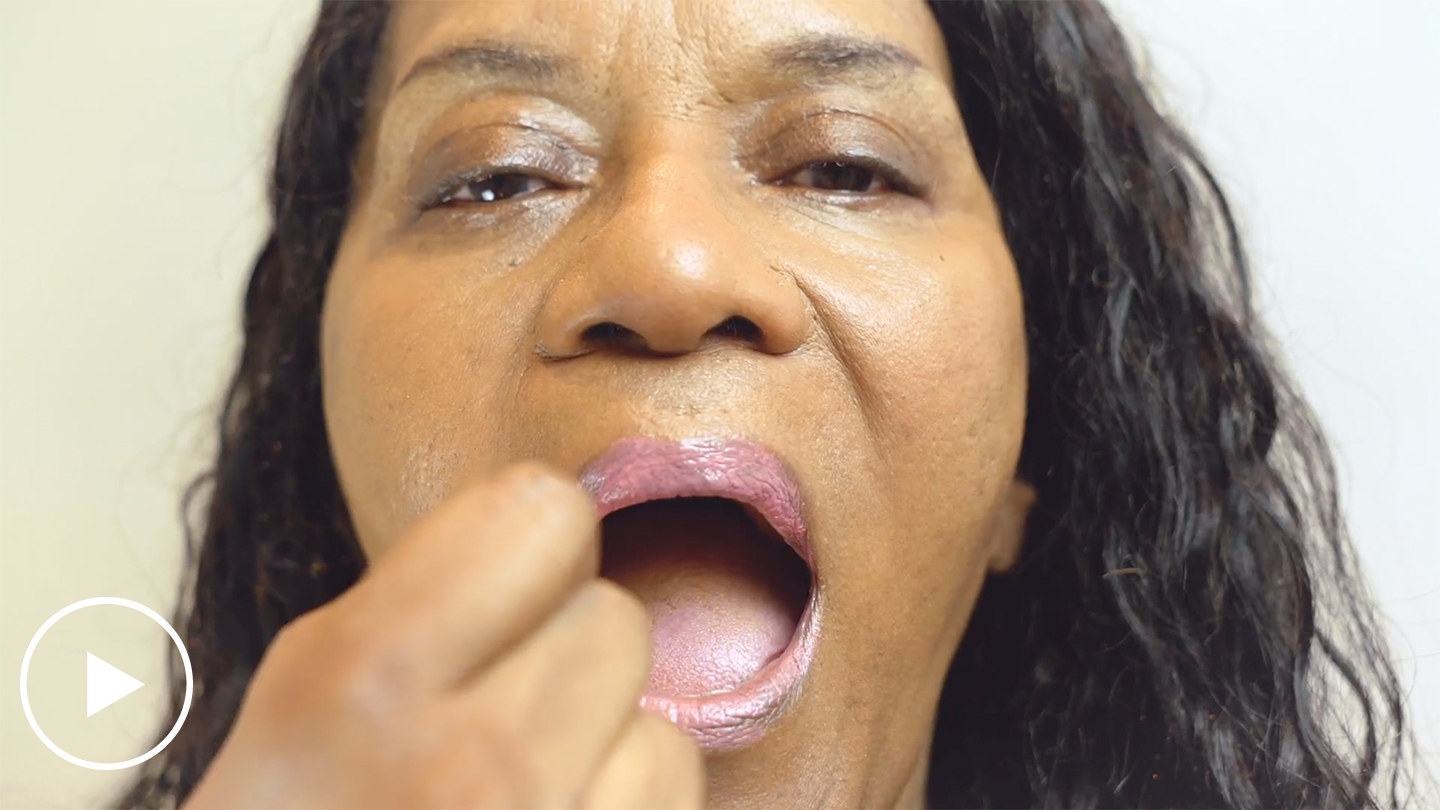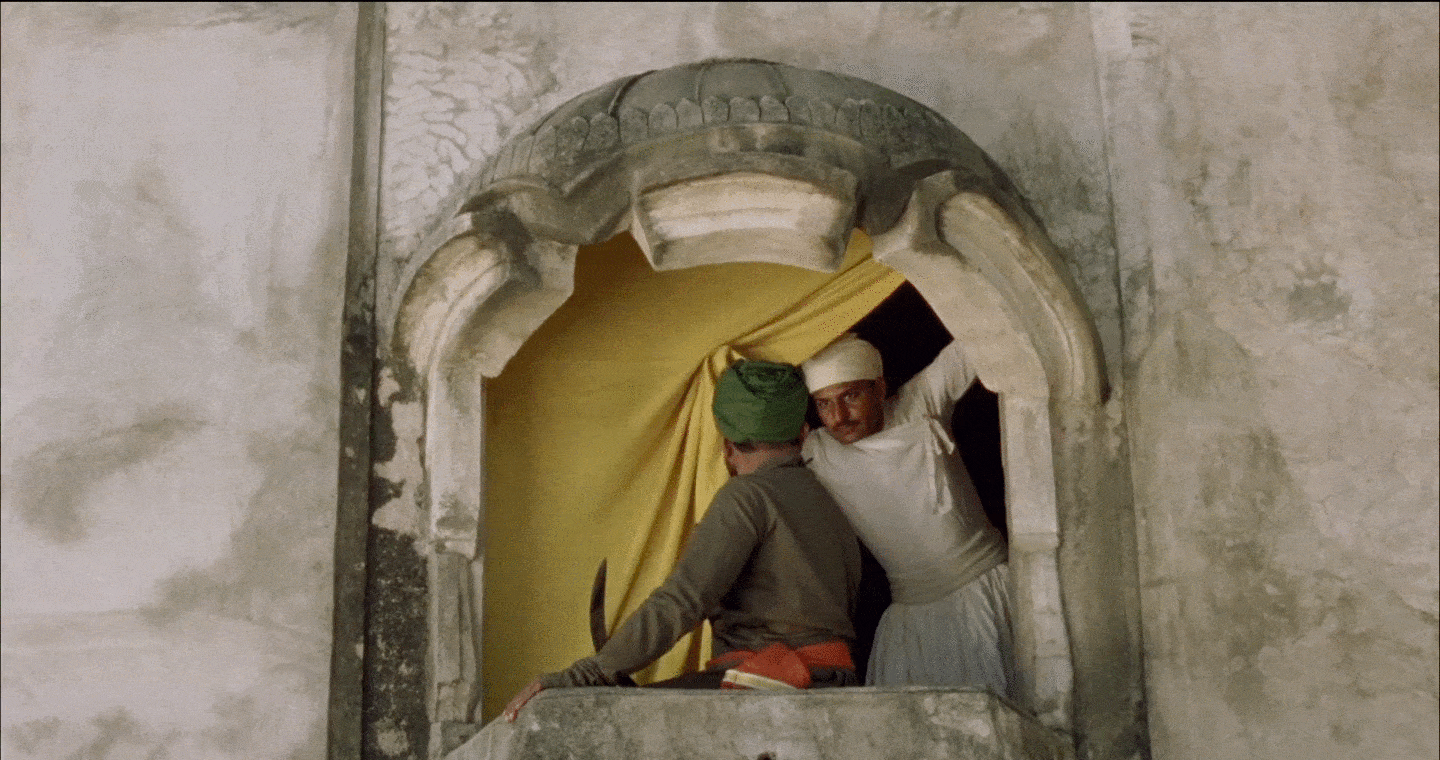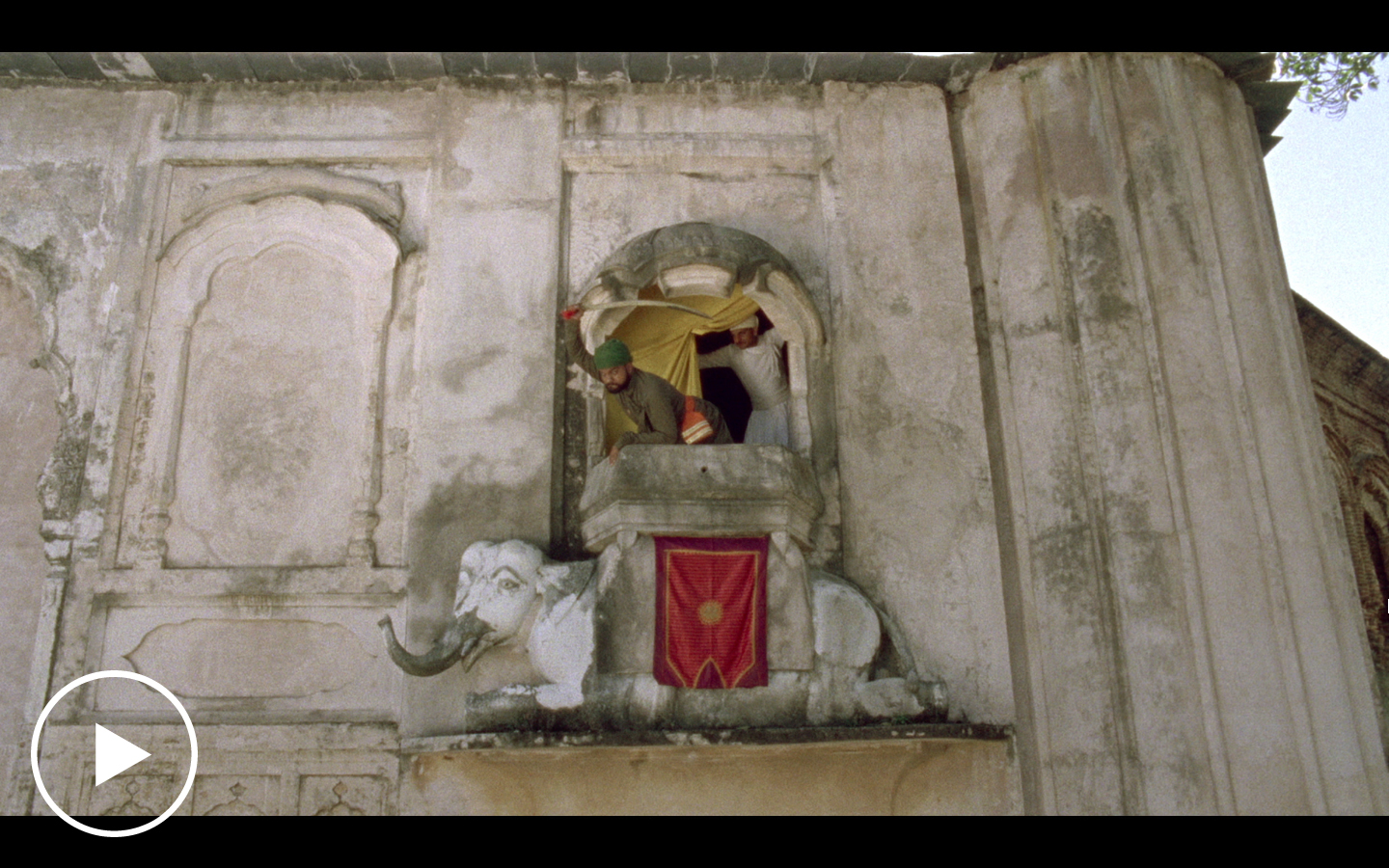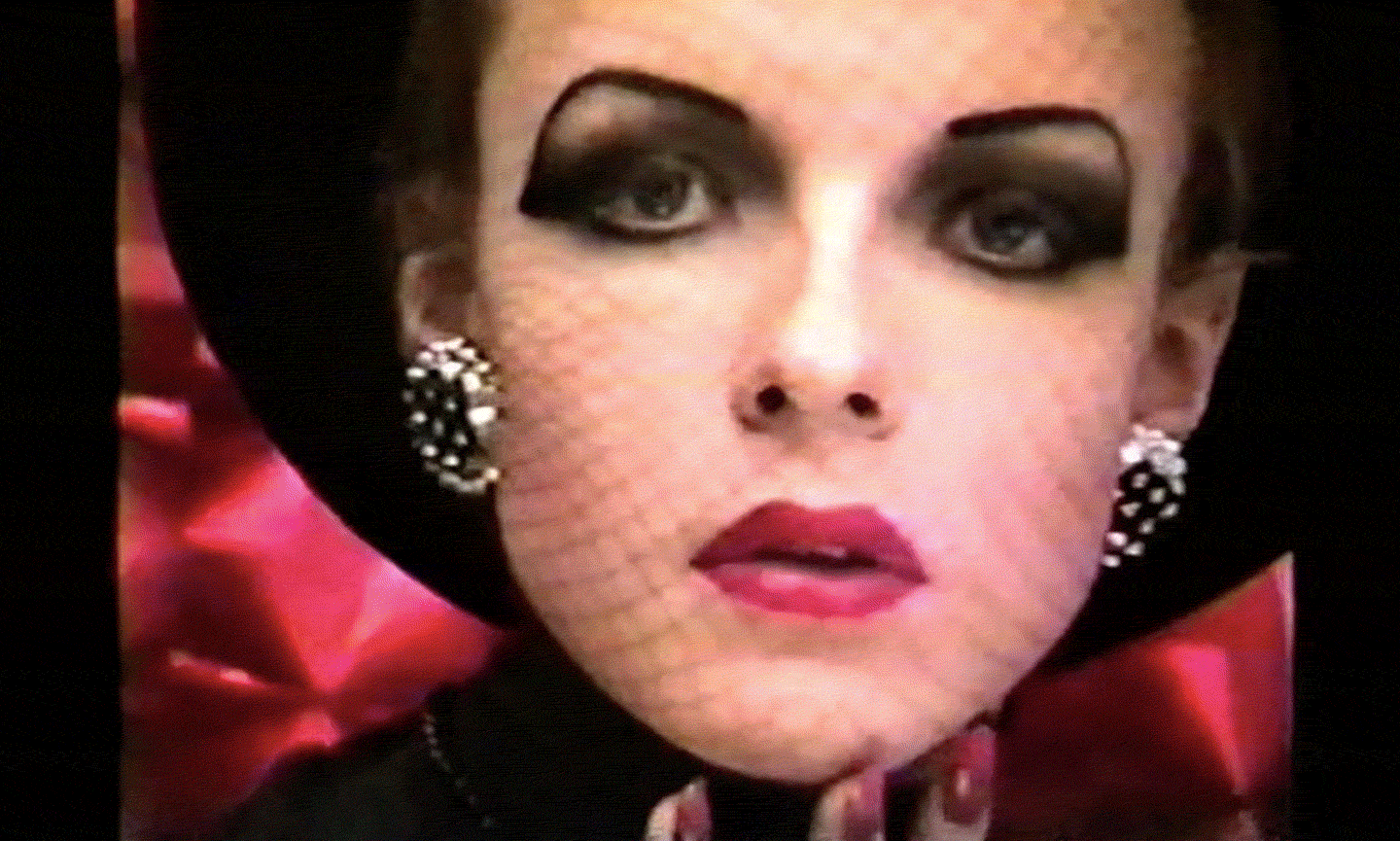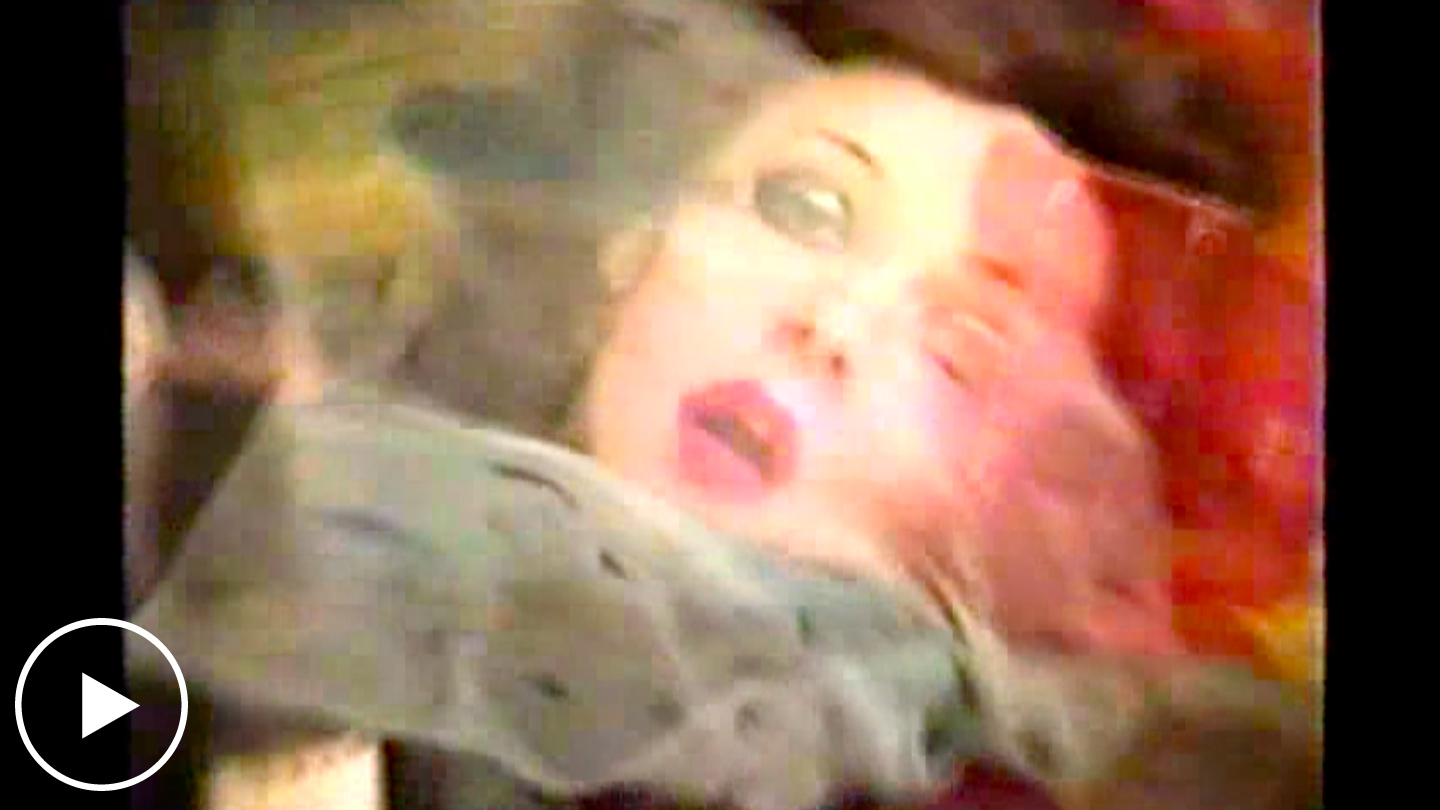War and Cinema: Week #5
Join us on e-flux Video & Film for for the premiere of Dana Kavelina’s Letter to a Turtledove (2020), the fifth installment of War and Cinema, on view from Wednesday, July 15 through Tuesday, July 21, 2020 and featuring an interview with the director by Oleksiy Kuchanskyi.
War and Cinema is a six-part program of films, video works, and interviews put together by Oleksiy Radynski. It is the second program in Artist Cinemas, a long-term, online series of film programs curated by artists for e-flux Video & Film.
Artist Cinemas presents War and Cinema
Week #5: Wednesday, July 15—Tuesday, July 21, 2020
Dana Kavelina, Letter to a Turtledove, 2020
20:55 minutes
Dana Kavelina’s film-poem Letter to a Turtledove was completed just a couple of weeks prior to its screening on e-flux Video & Film, which marks the film’s premiere. The artist’s original intention had been to publish her new work on YouTube as a reciprocal gesture towards the found online footage she had appropriated. The film’s inclusion in the War and Cinema program is an attempt to alter the trajectory of this film that works as a shell fired at no particular target, and with no casualties in mind.
One of the crucial sources for Kavelina’s work is the anonymous five-hour documentary To Watch the War (2018), a piece of found-footage filmmaking in its own right (previously discussed on War and Cinema in an interview with Yuriy Hrytsyna). Letter to a Turtledove is thus a second-degree artistic appropriation of amateur footage shot during the war in the Donbass region of Ukraine, recombined into a surreal anti-war film-poem. The war videos are interspersed with Kavelina’s own animated segments, staged mise-en-scènes, and archival footage of the Donbass from the 1930s (when the region became a hotspot for Stalinist industrialization of the Soviet Union, and of heated class warfare) onwards.
There’s an actual poem at the film’s center: a monologue spoken off-screen, authored by Kavelina herself (and translated into English by Sergey Levchin). This piece of writing encapsulates the multitude of traumas, grievances, horrors, dreams, and hallucinations that have descended upon the Donbass region since its invasion by Russia in 2014. Still, numerous elements of this multitude originate from long before the war had actually broken out.
Excerpt from the interview with Dana Kavelina by Oleksiy Kuchanskyi:
Oleksiy Kuchanskyi (OK):
Why did you decide to use archival footage in your film?
Dana Kavelina (DK):
It seems to me that in relation to the Donbass, we are faced with the distortion of the past and the dehumanization of an entire region of the country in which we now live. It’s as if we are stuck in an eternal present. By including archival footage, I wanted to recall other myths about the Donbass. The Donbass was the place of inescapable labor enthusiasm and the "All-Union Stokehold,” and the motherland of the Stakhanovite movement. The Donbass city of Donetsk is represented as both the city of a million roses and as the mining capital. As long as these chronicles still exist, I have evidence that there are alternative historical narratives about the Donbass region. Given the current political situation, I have the feeling that it’s not just me looking at the archive, but that the archive is staring back at me. The archival materials have their own agency, they cast a long shadow, they raise questions. We must give them answers. We cannot erase 70 years of Soviet history, but we can pursue a dialogue with it. I’m trying to revive and recreate this possibility of dialogue by comparing modern footage with footage from the 1930s or ‘70s, and compiling the footage in such a way that they cast a shadow on one another, so that in this shadow, in the gap, we can outline ourselves—our alternative Ukrainian identity. The history of the Donbass seems to me to be a kind of fracture point: it is not our history anymore because the current political narratives are based on a radical rejection of our Soviet past, which creates a kind of blind spot. It is not our history because we refuse to accept this rejection—but it’s also no one else’s history. It exists as a kind of gap, a paradox. Territorially and temporally, our Soviet past existed, but at the same time it didn't. It’s a missing piece of the story, a blind spot.
OK:
I really like your idea of archival footage staring back at us. It is interesting how you combine this footage with a very personal speech addressed to a specific girl. Could you talk more about this element of intimacy in your film?
DK:
The intimate component of this speech is intended to find the space between the political and the intimate, since I try to weigh their importance equally. What we call “intimate" can ultimately turn out to be very political—for example, when we are talking about rape during war.
I reduce the distance between an abstract number of victims to a specific woman to whom the speech is addressed—a “you,” who may potentially be anybody. However, the actress in the film is a person who is really close to me—my friend, comrade, muse. In this sense, the intimacy is genuine. But in the film, her name and physical body are an empty vessel. She is a friend and lover who plays anyone’s lover, because any one of us could be on the other side of the frontline. She is a doll on which injuries can be shown, or rather, a doll who decided to show injuries on herself—as a warning gesture. In the end, Katerina could be you, or we, or me. Brecht writes in his poetry, “I survived by accident.” So here we are, those of us who survived by chance. This is our guilt.
Watch the film and read the full interview here.
About the program
War and Cinema traces various cinematic engagements with the war raging in the Eastern margins of the European continent for over six years now—a war that was sparked by the military occupation of Crimea by the Russian military in spring 2014, and that subsequently consumed large swaths of the Donbass region in Eastern Ukraine. The program does not represent the fruits of the alleged “boom” in Ukrainian filmmaking that was observed, predictably, with the outbreak of war. Rather, it looks at the margins of image production in wartime. This program also strives to enable conversations between the films that do not necessarily belong to the same cinematic worlds—even if their country of origin remains the same. War and Cinema will run for six weeks from June 17 through July 29, 2020, screening a new film each week accompanied by an interview with the filmmaker(s). Throughout the duration of the program, more information on the films, their makers, and contexts will be published on the program convener's telegram channel.
War and Cinema is convened by Oleksiy Radynski.
About the series
Artist Cinemas is a new e-flux platform focusing on exploring the moving image as understood by people who make film. It is informed by the vulnerability and enchantment of the artistic process—producing non-linear forms of knowledge and expertise that exist outside of academic or institutional frameworks. It will also acknowledge the circles of friendship and mutual inspiration that bind the artistic community. Over time this platform will trace new contours and produce different understandings of the moving image.
For more information, contact program@e-flux.com.
